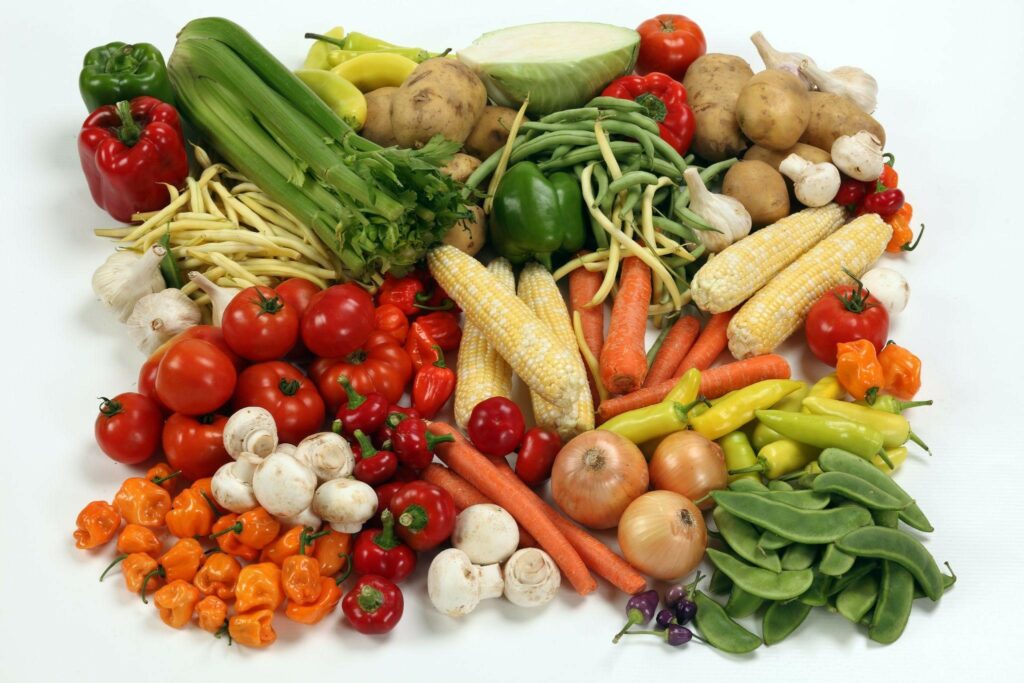The word vegetable is an umbrella term that refers to the edible parts of plants, which are usually their fruits, leaves, roots, or seeds. Vegetables are an essential aspect of contemporary agriculture and a staple diet worldwide.

Many health experts recommend that you take veggies daily because they are low in calories and rich in nutrients. A balanced, alternating diet of different veggies is one of the most significant ways to get nutrients from your diet from a young age.
There are at least nine primary fruit and vegetable families, each having hundreds of different plant components that are good for your health. To offer your body the combination of nutrients it requires, eat a range of different types and colors of vegetables. This assures a wider range of beneficial plant compounds and results in more visually appealing meals.
Even in a supermarket, the fresh produce section is arranged colorfuly to captivate you and motivate you to buy a variety of vegetables for your meals. One Zehrs supermarket manager agreed that even in their Zehrs flyer, fruit and vegetables are advertised to bring out the essence of freshness and color, depicting their goodness and hopefully attracting more customers to that section of the store.
What are the real benefits of vegetables?
A regular diet with plenty of vegetables (and fruit) can help to lower blood pressure, lower the risk of stroke and heart diseases, prevent some types of cancer, decrease the chances of eye and digestive issues, and have a favorable effect on blood sugar, which can help to control appetite. Green leafy vegetables especially are non-starchy, and together with fruits like apples and pears, may help you lose weight. Their low glycemic index prevents blood sugar surges which usually make you feel hungry.
According to dieticians, eating plenty of vegetables can also help you to fight inflammation and keep your skin looking healthy and plump. Celery and cucumbers add to your water intake as they have a high component of water naturally – thus aiding your skin’s glow. Kale will help with skin elasticity and tomatoes help with sunburn.

How do you increase your vegetable intake?
Most of us do take vegetables in our meals, but perhaps the quantities and varieties needed are not enough. Here are simple ideas on how to up your vegetable intake:
- On top of your usual purchases, pick something new from the colors available. On most days, make an effort to consume at least one serving of each of the following categories: dark green leafy vegetables; yellow or orange fruits and vegetables; red fruits and vegetables; legumes (beans and peas); and citrus fruits.
- Experiment with innovative vegetable-based recipes. Soups, salads, and stir-fries are just a few ways to include more vegetables in your diet.
- Keep your produce where you can easily see it. Snack on carrot sticks, put cucumbers in your water, and make more juices and smoothies.



